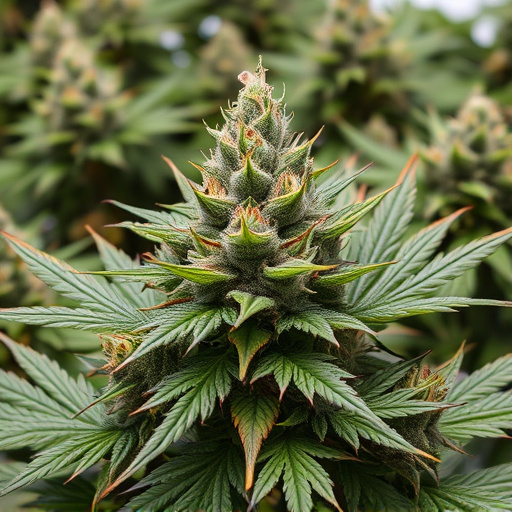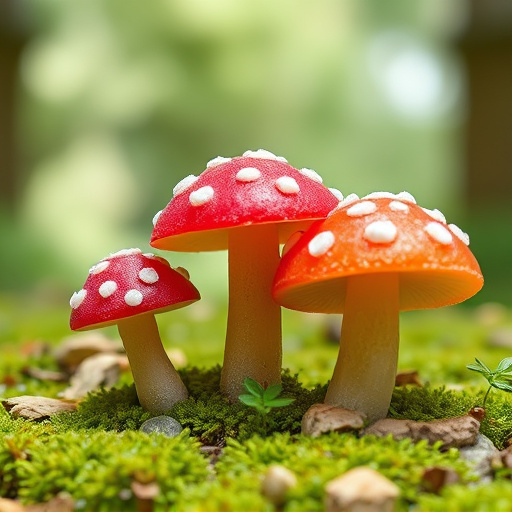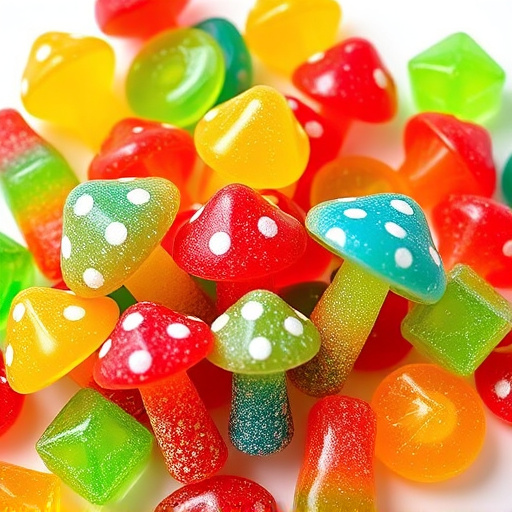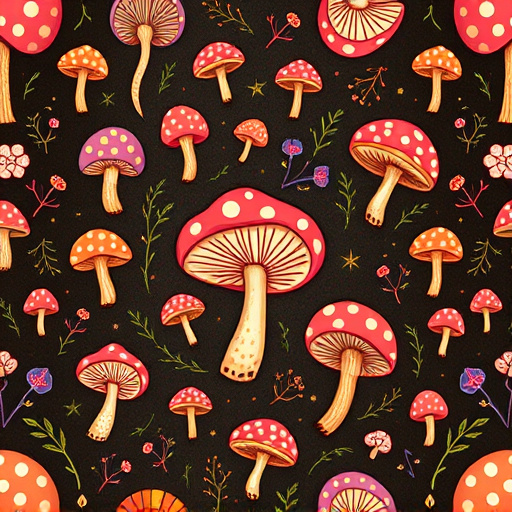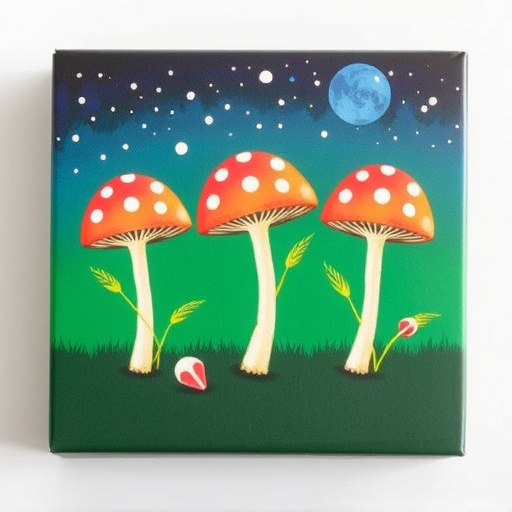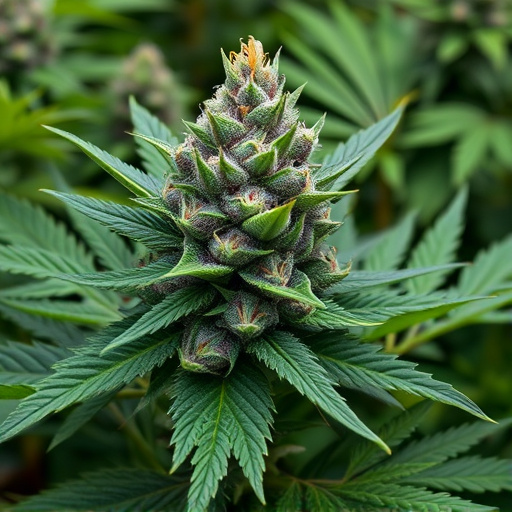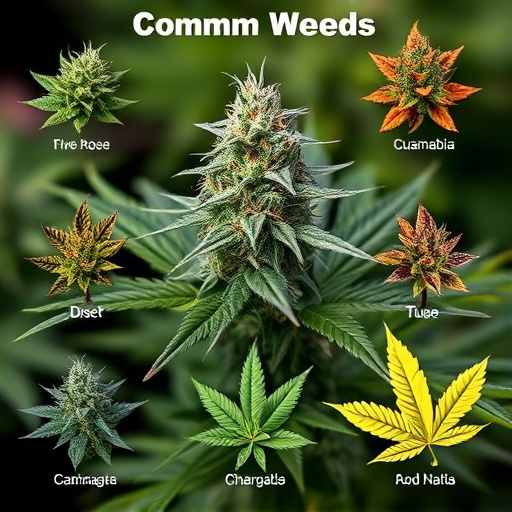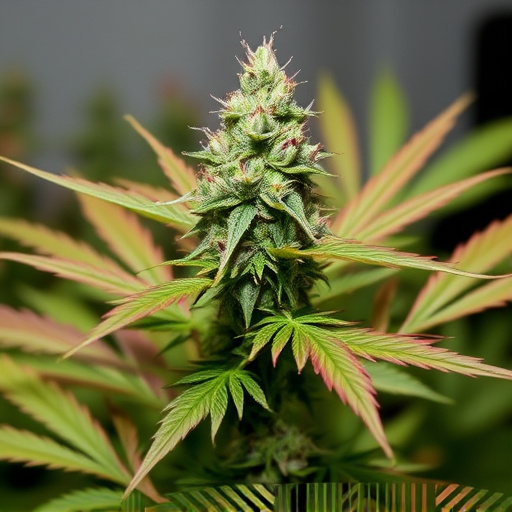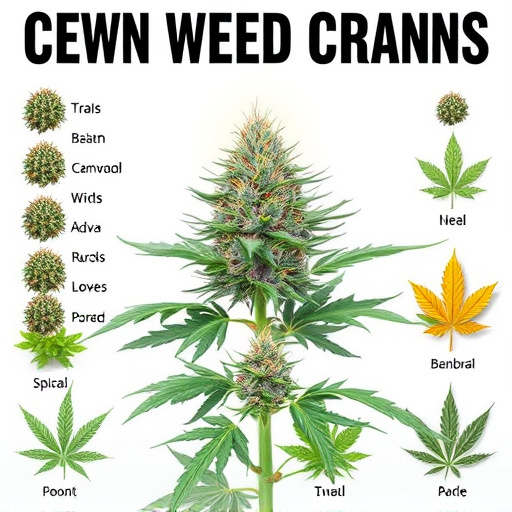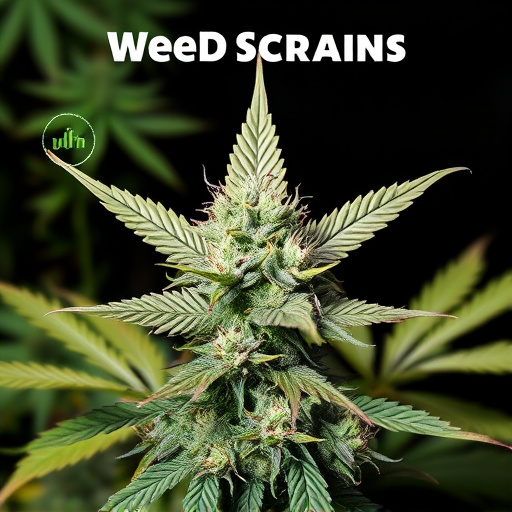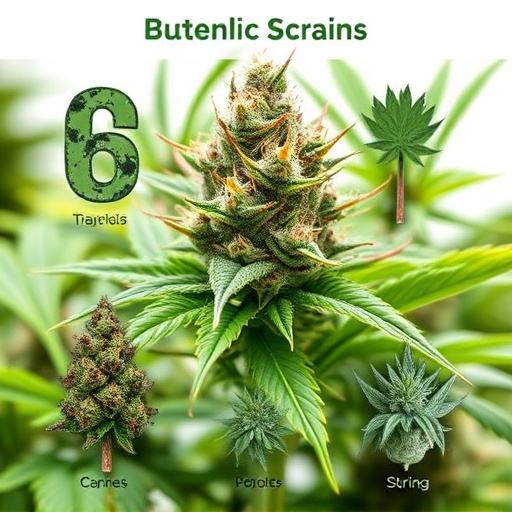Aging significantly alters the potency and effects of common weed strains, with natural decomposition changing compounds like THC and CBD. While older strains may have lower THC, they often offer therapeutic benefits with higher CBD content. Proper curing and storage can preserve potency for longer periods. Varieties like Blue Dream, Girl Scout Cookies, and Granddaddy Purple provide diverse experiences, with Indica offering relaxing effects and Sativa energizing sensations. Testing is crucial to ensure consistent quality and safety, especially as chemical compositions change over time, ensuring consumers receive safe and effective products regardless of a strain's age.
Can old weed still get you high? Despite popular belief, aged cannabis doesn’t automatically mean a weaker high. Let’s explore the science behind weed aging and its impact on potency. From understanding the aging process to investigating common strain effects, we’ll uncover what makes each batch unique. Plus, learn about safety considerations, including testing methods that ensure consistency in today’s diverse market. Discover how to enjoy the full spectrum of cannabis experiences, regardless of age.
- Understanding Weed Aging and Potency
- Common Weed Strains and Their Effects
- Safety Considerations: Testing and Consistency
Understanding Weed Aging and Potency
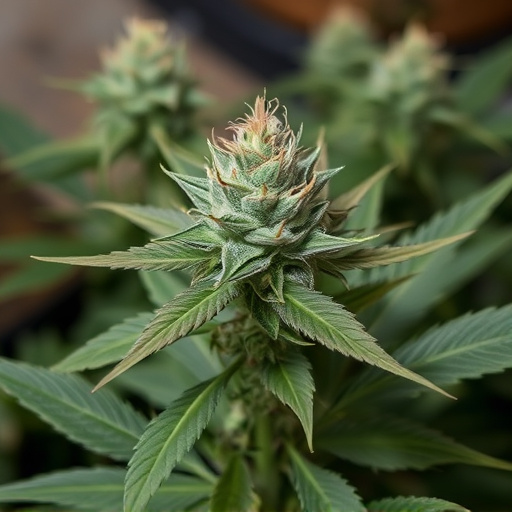
Weed, or cannabis, is known for its varying potency and effects, which can be influenced by several factors, including age. When it comes to understanding how old weed affects your high, it’s essential to consider the aging process of common weed strains. Over time, cannabis plants undergo natural decomposition, leading to changes in their chemical composition. The active compounds, such as THC (tetrahydrocannabinol) and CBD (cannabidiol), can degrade or convert into other substances, potentially impacting the overall potency.
Different common weed strains may exhibit varying levels of aging-related changes. Older cannabis may have a lower concentration of THC but could still offer therapeutic benefits due to its higher CBD content. The process of curing and storing weed also plays a role in its preservation. Properly stored, aged weed can maintain its potency for an extended period, offering a unique experience for users seeking specific effects.
Common Weed Strains and Their Effects

Weed, or cannabis, is known for its diverse range of effects, and different strains offer unique experiences. The common weed strains on the market today have been bred for their specific properties, be it high THC levels, potent aromas, or specific medical benefits. For instance, Indica strains are renowned for their relaxing and sedative effects, making them popular for evening use as they can induce a sense of calm and even help with sleep. On the other hand, Sativa strains tend to have more energizing and uplifting effects, enhancing creativity and focus, hence their preference during daytime use.
Some common weed strains include Blue Dream, known for its potent THC levels and pleasant flavor; Girl Scout Cookies, loved for its intense effects and sweet aroma; and Granddaddy Purple, famous for its rich, earthy taste and potent relaxation properties. These examples showcase the wide array of experiences available from what’s commonly referred to as “weed,” highlighting how different strains cater to various preferences and intended uses.
Safety Considerations: Testing and Consistency
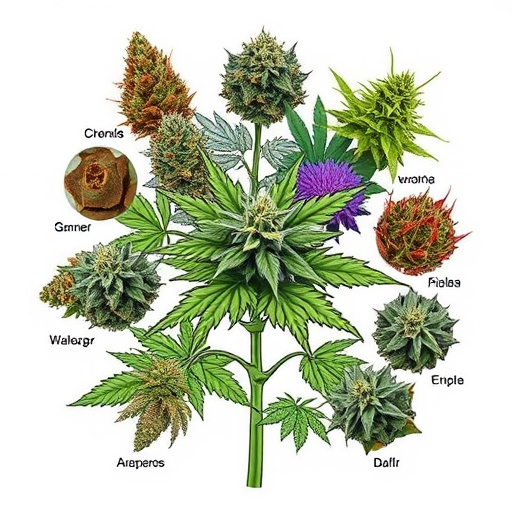
When it comes to old weed, a common concern revolves around its potency and safety. The effectiveness of cannabis can indeed diminish over time, especially if not stored properly. Age can impact the chemical composition, particularly the levels of THC (tetrahydrocannabinol), the primary compound responsible for the psychoactive effects that get you ‘high’.
Testing is a crucial aspect to ensure consistency in potency. While some people might speculate about the power of ‘vintage’ weed, reliable testing methods are essential. Many common weed strains on the market today undergo lab testing to guarantee their THC content and overall quality. This practice ensures consumers receive products that meet safety standards, regardless of age.
While age can impact the potency of cannabis, it doesn’t necessarily mean old weed can’t get you high. The effects may vary depending on the strain and storage conditions, but many common weed strains retain their potential to induce desired physiological and psychological reactions. It’s crucial to approach any cannabis product with safety considerations in mind, including testing for consistency and purity. Understanding both the specific characteristics of different strains and their aging dynamics is key to ensuring a satisfying and safe experience.
